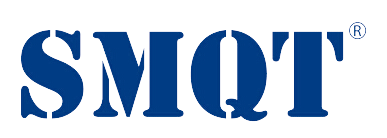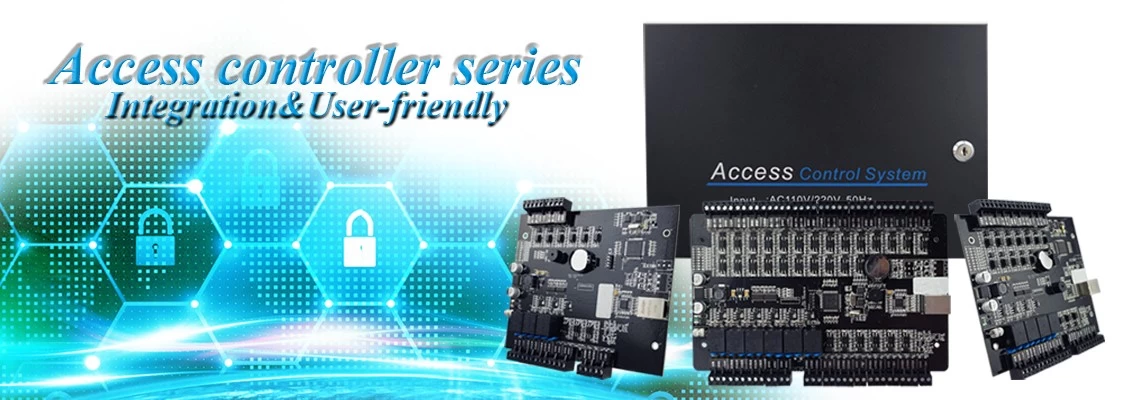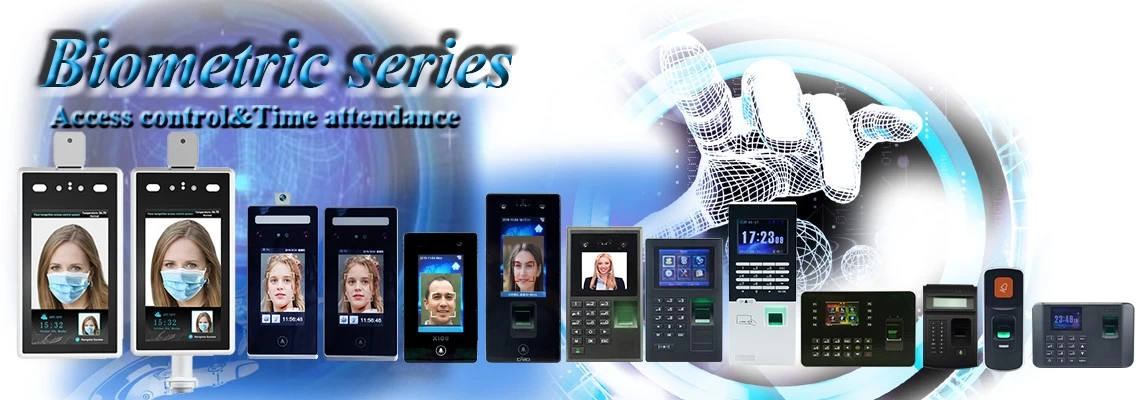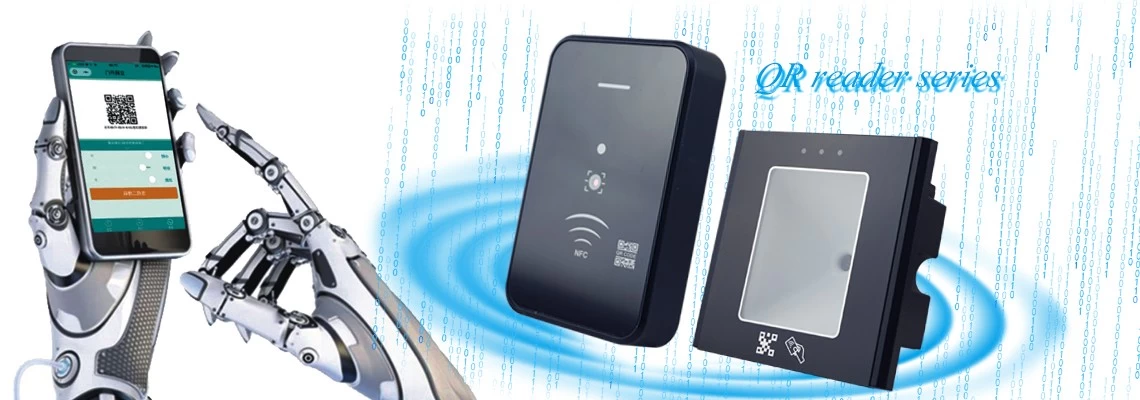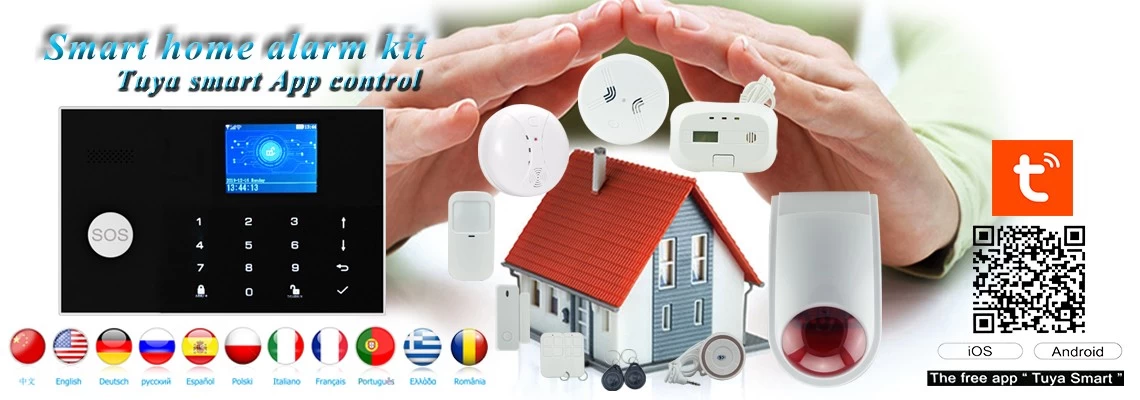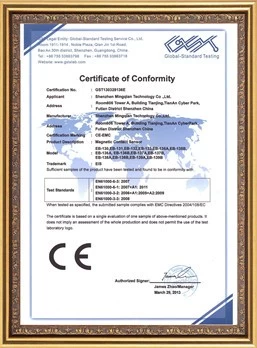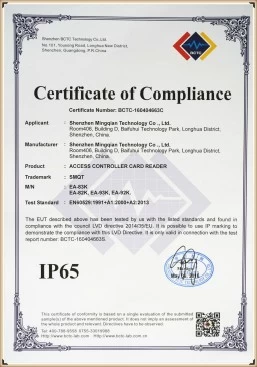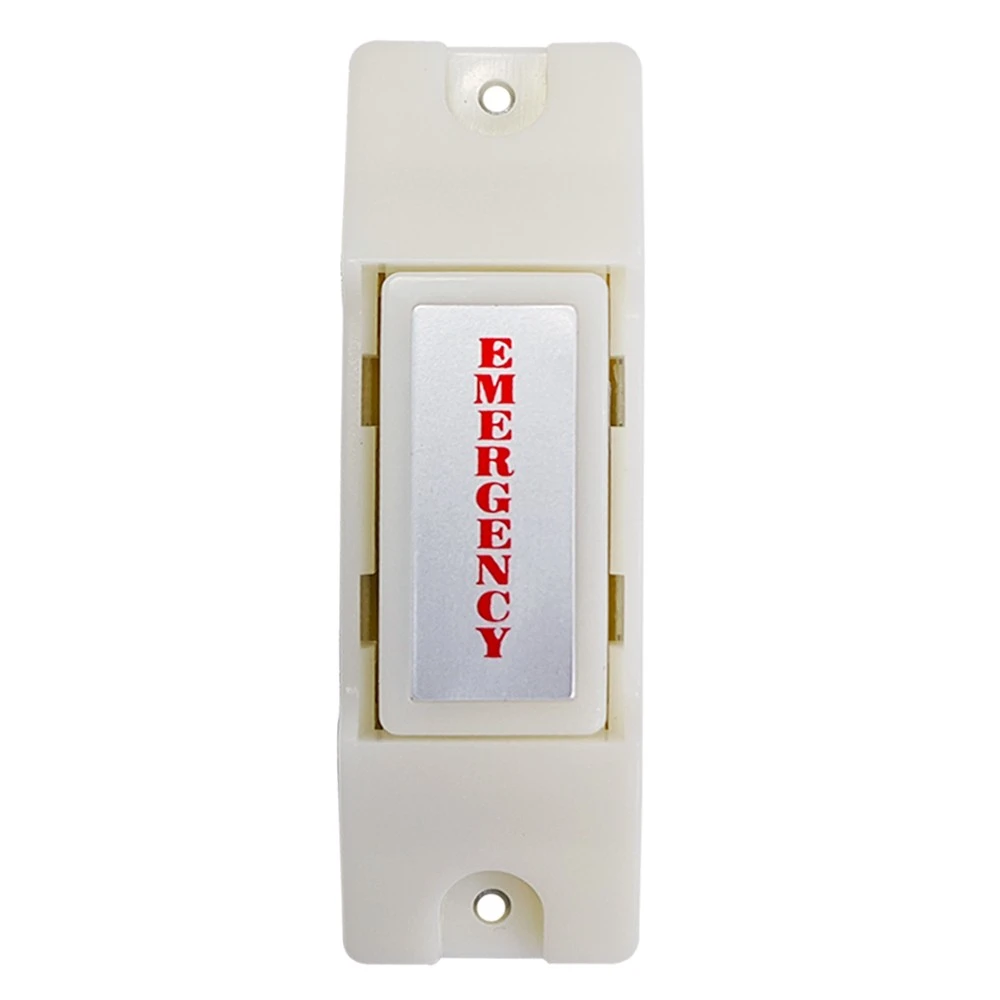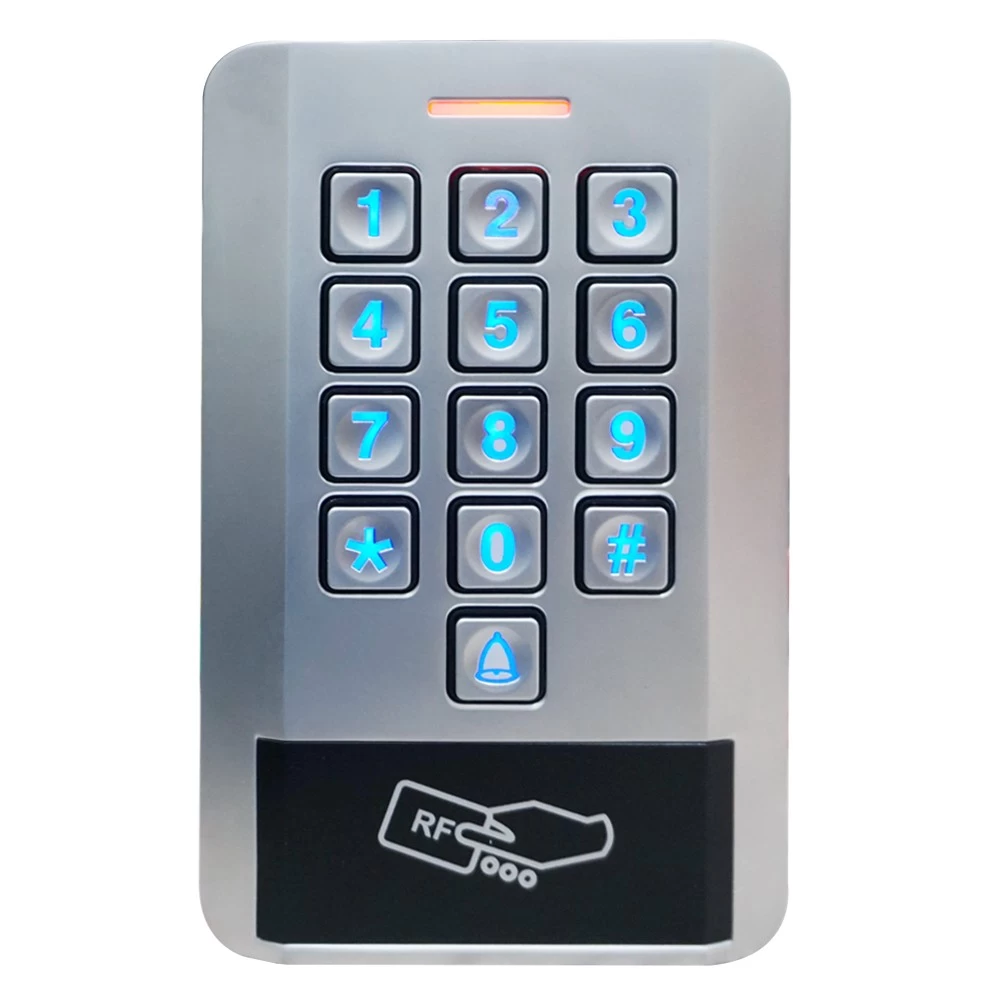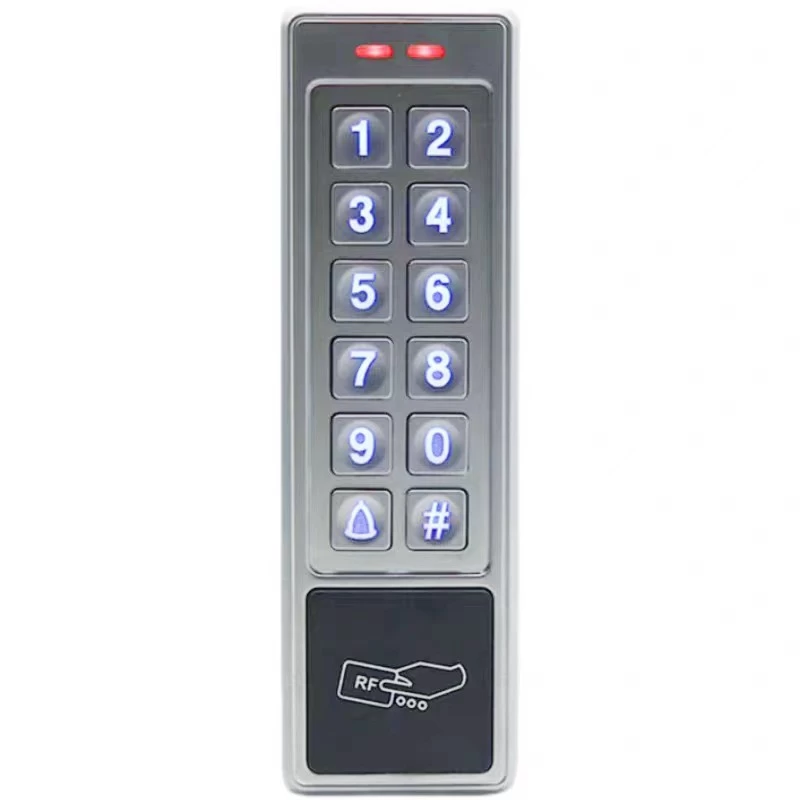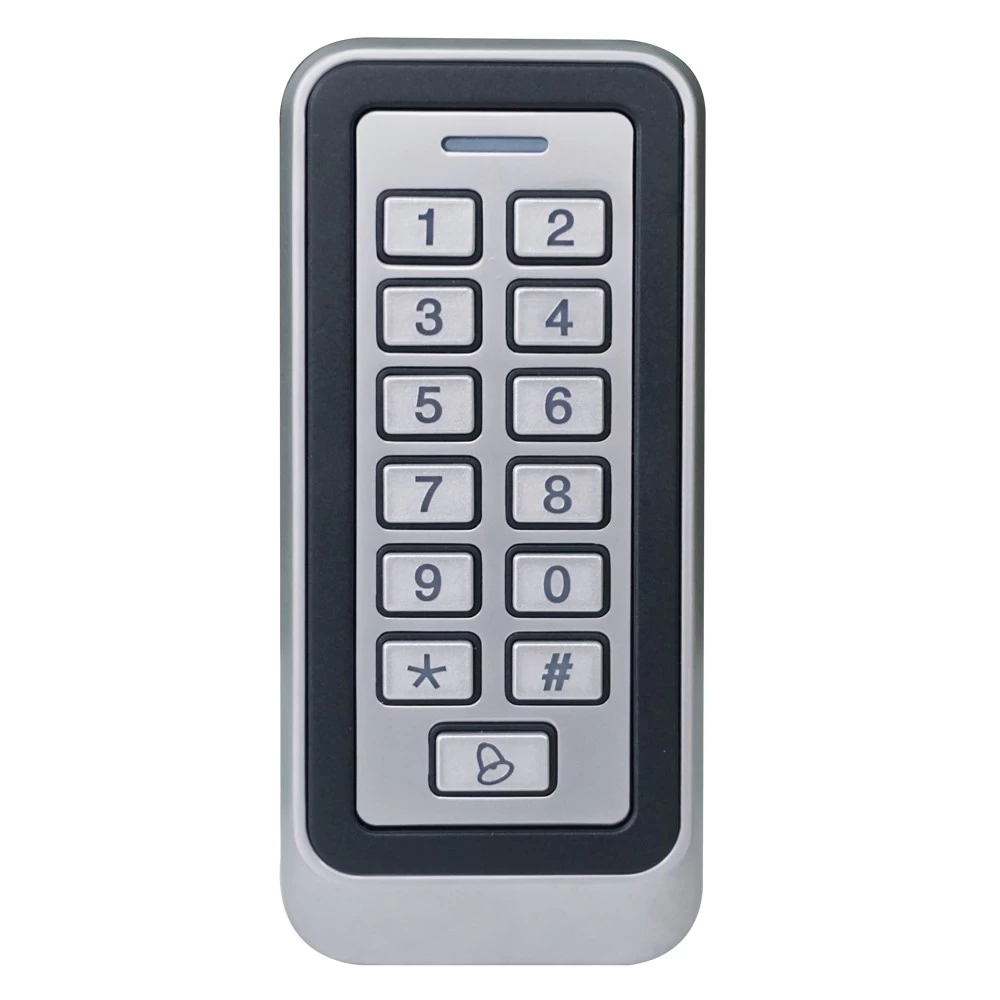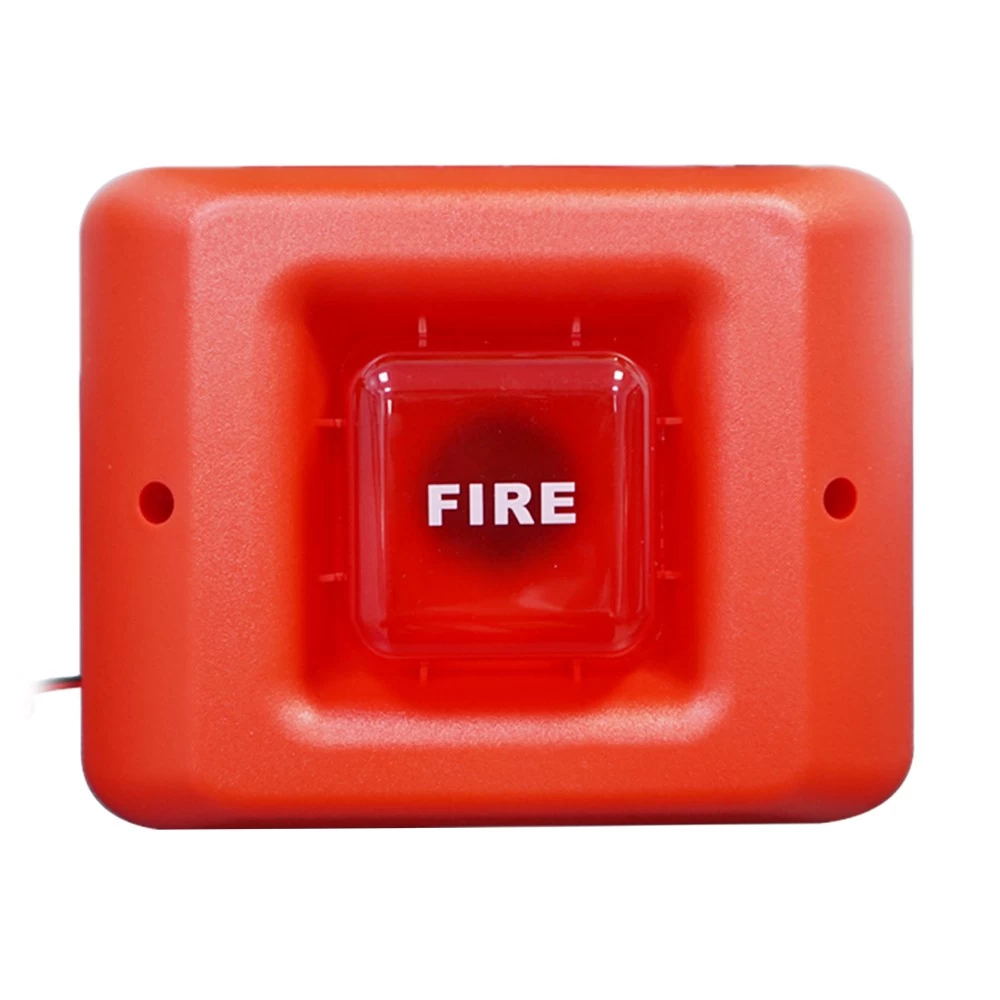Introduction Chapter RFID
Helen Li
SMQT
2016-06-02 17:20:46
Introduction Chapter RFID Basics
1.1 Definition of RFID
What is RFID, Radio Frequency Identification RFID is the abbreviation, that is, radio frequency identification, commonly known as RFID. RFID is the main core components of an electronic tag, less than 2 mm in diameter just by a few centimeters to several meters distance away from the radio waves emitted sensor, can read information stored in electronic tags, identification tag representative of the goods, people and equipment status.
1.2 RFID radio frequency identification technology, the concept of Radio Frequency Identification
RFID is a non-contact automatic identification technology that automatically recognizes through the target RF signal and access to relevant data, identification of the work without human intervention, can work in all kinds of environments. RFID technology can identify fast moving objects and can also identify multiple tags, the operation quickly and conveniently. Ferguson, chief scientist of Accenture Labs is a breakthr
ough that the RFID technology: "First, the individual can be identified very specific objects, rather than bar codes can only be identified as a class of objects; second, the use of radio frequency can read data through the external materials, but must rely on laser to read bar code information; Third, multiple objects simultaneously literacy, and bar code can only be read one by one. In addition, the amount of information stored is also very large. "
1.3 RFID's basic components
The most basic RFID system consists of three components: Tag (Tag): the coupling components and chips, and each tag has a unique electronic code, attached to the object identified target audience; Reader (Reader): read (sometimes also write) tags for a device that can be designed for handheld Antenna (Antenna): the label and pass RF signals between the reader.
1.4 RFID technology, the basic working principle
The basic principle of RFID technology is not complex: labels into the magnetic field, the receiver RF signals emitted by interpretation, by virtue of induced current obtained by sending out the energy stored in the chip in the product information (Passive Tag, passive tags or passive tags) , or take the initiative to send a frequency signal (Active Tag, active tags or active tags); readers to read the information and decode the information sent to the central data processing system related.
The basic principle of RFID technology is not complex: labels into the magnetic field, the receiver RF signals emitted by interpretation, by virtue of induced current obtained by sending out the energy stored in the chip in the product information (Passive Tag, passive tags or passive tags) , or take the initiative to send a frequency signal (Active Tag, active tags or active tags); readers to read the information and decode the information sent to the central data processing system related.
Chapter RFID technology standards
2.1 RFID Overview of relevant standards
RFID technology and its application to the relevant standards for a structured sort, and analyze the RFID-related standards in China's development, RFID standard of social factors, such as a standard drive. Standards to ensure that the conduct work together, to achieve economies of scale, work to implement the security and many other areas. The main purpose of RFID standardization through the development, distribution and implementation of standards to resolve coding, communications, air interface and data sharing issues such as maximum promote RFID technology and related system. But if the criterion used by the early, may restrict development and progress of technology; if used too late, then may limit the application of technology, lead to dangerous incidents and unnecessary overhead.
In fact, RFID related standards related to many of its specific application, such as: electronic toll collection system, pet identification, cargo container identification and smart card applications. The RFID is mainly used for logistics management, etc., need to tag to achieve data sharing. Currently, many RFID-related ISO standards are being developed, including recycled shipping containers, returnable transport single items, transport units, product packaging, product identification and electronic container seals and so on.
From GS1 (e-commerce, goods identification, global data synchronization exchange standards organization), EPC Global and ISO to a number of national and local organizations (such as Japan, UID, etc.) and other US IEEE and AIM Global RFID-related standards have been involved in Development of these. As WiFi, WiMax, Bluetooth, ZigBee, dedicated short range communication protocol (DSRC) and other short-range wireless communication protocol is being used for RFID systems or RFID devices into them, which makes the practical application of RFID, etc. have become
more complex. In addition, RFID which "interface the interface between the" short-range wireless communications (Near Field Communication, NFC) for use has its root: its use of RFID devices usually the best frequency.
Expert analysis of a reference for the industry, RFID and standard relations can be run from a deal with the following questions:
(1) technology - such as the interface and transfer technologies. For example, the middleware technology-RFID middleware, RFID tags and applications to play an intermediary role between, from an application client uses a set of middleware provides a common application program interface (API), which can be connected to the RFID reader, read RFID tag data. RFID middleware using program logic and memory to transfer him (Store-and-Forward) functions to provide order of message flow with data flow design and management.
(2) consistency. Mainly refers to its ability to support multiple encoding formats, such as support for EPC, DOD and other provisions of encoding formats, including EPCglobal tag data format required by the standard.
(3) performance - particularly refers to the structure and content of data, or data encoding and memory allocation.
(4) battery assisted and sensor fusion. Currently, RFID gradually with the integration of sensing, positioning items using RFID triangulation and more complex technology, and some RFID technology instead of using sensor chips. For example, to achieve the temperature and strain sensing of surface acoustic wave (SAW) tags used in RFID technology. However, almost all of the sensor system, including active RFID and so need to get energy from the battery. (A) ISO / IEC standards related to RFID ISO / IEC RFID standards have been introduced in the main concern of basic building blocks, air interface, data structures involved and their implementation. Concrete can be divided into technical standards, data content standards, consistent application of standards and standard four.
2.2 RFID technology standard Aspects
RFID reader sends a frequency known as the RFID system frequency or carrier frequency. RFID carrier frequency are basically three areas: low-frequency (30kHz ~ 300kHz), high frequency (3MHz ~ 30MHz) and UHF (300MHz ~ 3GHz).
